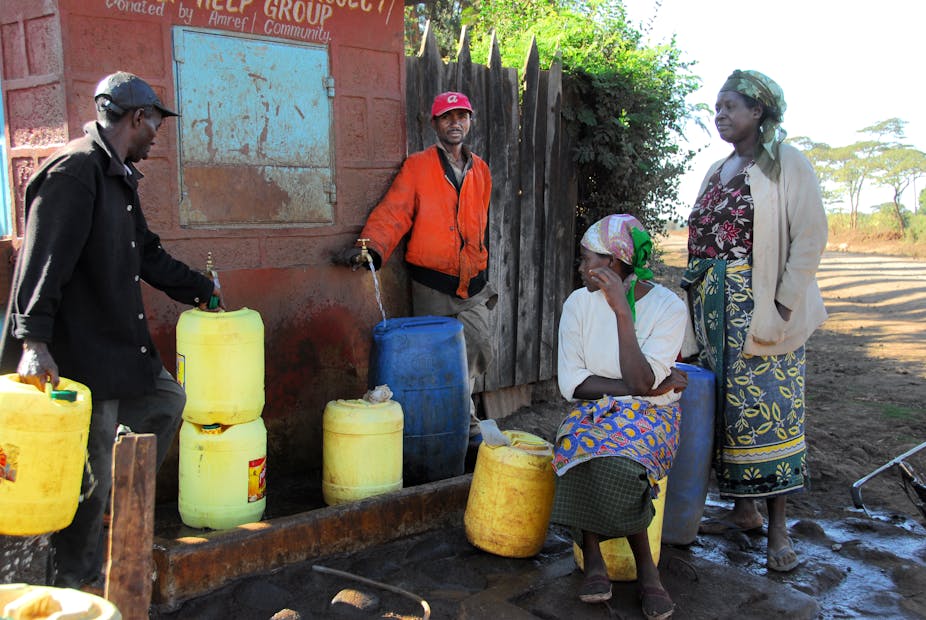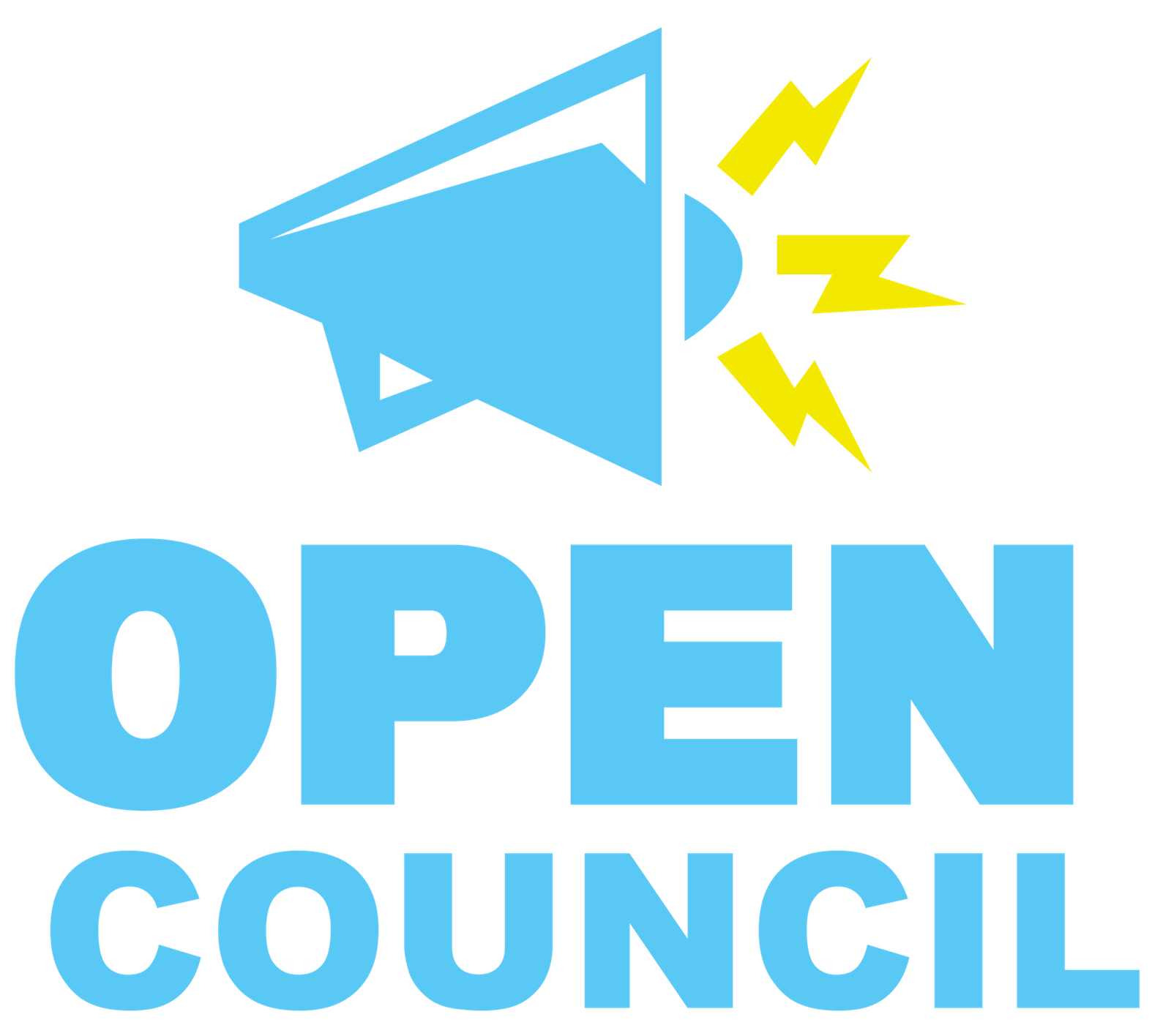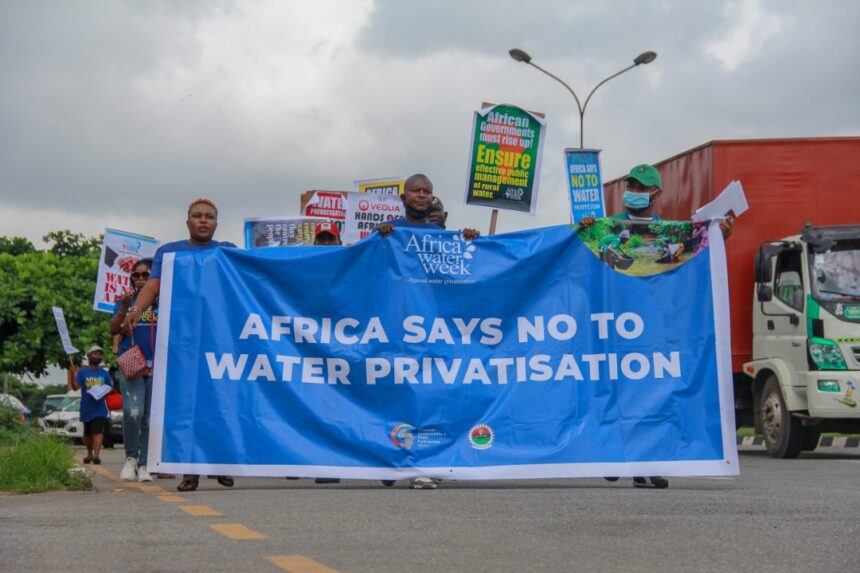By Wisdom Mumera
In a bid to deal with water challenges Government is looking to copy South Africa’s water privatisation model.
With most urban Local Authorities struggling the idea is attractive until one considers the model example.
According to the International Labour Research and Information Group (ILRIG) the SA situation isn’t as it seems; perfect.
“The realities of the water crises have been and continue to be, driven by a neoliberal approach.
“This is framed by multiple forms of water privatisation.
“Indeed, the lived realities of the majority are about marginalisation, disrespect, dispossession, conflict and violence, but also resistance.
“The end-result in South Africa are that urban communities suffer the most direct consequences.
“(This is) while also being the most direct ‘engagers’ with and resistors to, these multiple crises.
This is the case whether it relates to a lack of service delivery, failing infrastructure and affordability.
The non-governmental Anti-Privatization Forum has charged that the new policies have cut off millions of urban South Africans from their water supply.
The painted picture reveals the very predicament which most urban Councils are trying to escape from.
The Positives
Households with access to clean water gradually increasing from 67% in 1993 to an estimated 85% in 2015 and 96% in 2018.

According to statistics approximately 89, 4% of South African households have access to piped water.
On a national level; 62 % of the household rated the quality of water– related services they received as “good”.
The maintenance of clean water is provided by locally- based water service authorities, which regularly monitor the quality of drinking water in South Africa.
These authorities are also rated by the department according to the Blue Drop Certification System.
Raw water undergoes an extensive purification process at Rand Water (water sanitation hub).
It ensures that citizens receive water that is free of harmful micro-organisms and contaminants.
The Negative
In 1996, the adoption of a new macro-economic approach, known as Growth, Employment & Redistribution (GEAR), located the policies on water within a neo-liberal framework.
The immediate result was a massive increase in the price of water that necessarily hit poor communities the hardest.
The collective impact of water privatisation on the majority of South Africans has been devastating.
The desperate search for any available source of water has resulted in cholera outbreaks that have claimed the lives of hundreds.
In the province of Kwa-Zulu Natal, the country’s biggest cholera outbreak occurred in 2000 as a result of changing the free communal tap system to a (privatised) pre-paid metering system.
Over 120,000 people were infected with cholera and more than 300 people died.
Not long after the French multinational, Suez, took over Johannesburg’s water supply, an outbreak of cholera in the township of Alexandra affected thousands of families.
Only the intervention of national government as a result of community mobilisation and pressure brought it under control.
Leakages
A report published last year by the national department of water and sanitation is damning.
Just like Harare, 40% of Johannesburg’s water is wasted through leaks, which includes burst pipes.
Despite initial progress from 1996, the country’s water situation has deteriorated.
The reliability of water services and infrastructure – as shown by frequent water supply interruptions – has been on a downward trend.
Even when communities have access to water through infrastructure, this doesn’t guarantee the delivery of basic water supply services.
For a country being modelled as the example to copy there are too many issues.



